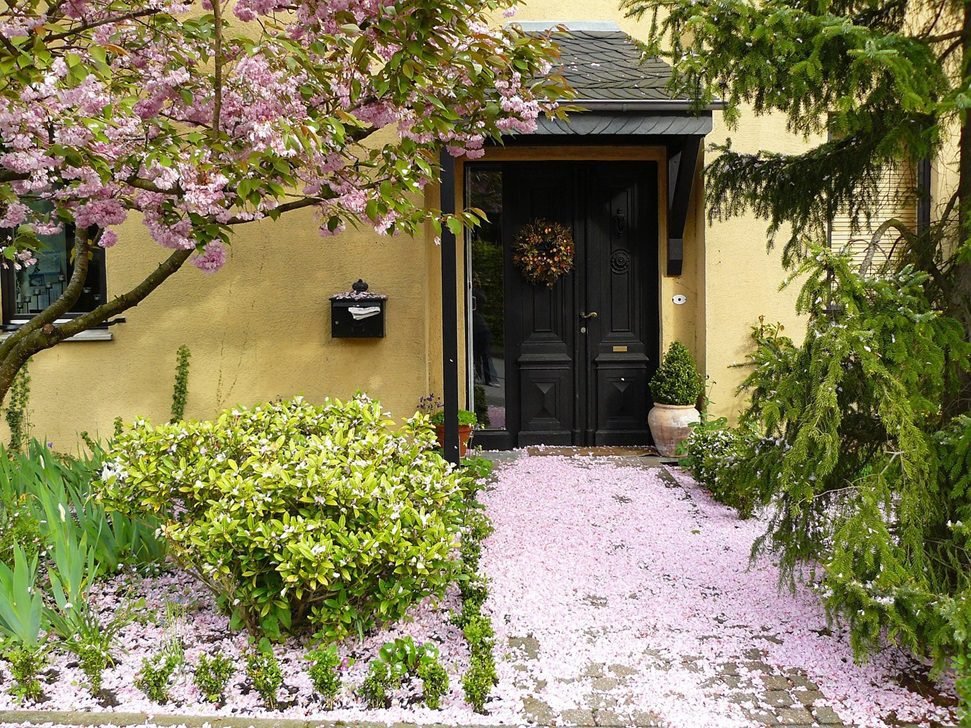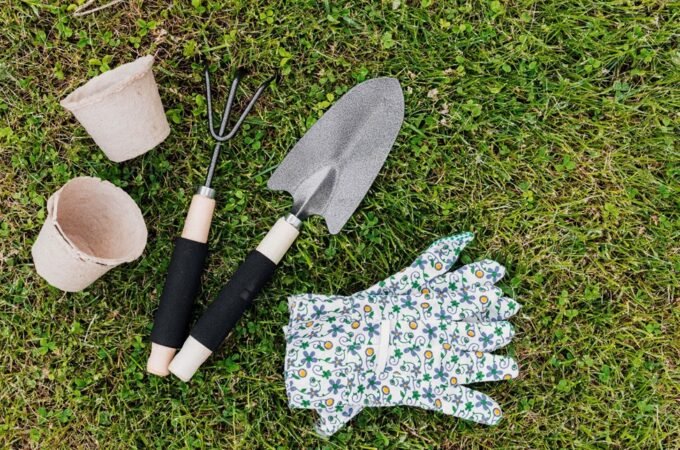
How To Grow A Green Yard: Lawn Care Tips
A beautiful green lawn can be the crown jewel of any home. However, maintaining a lush, vibrant yard takes ongoing care and attention. This article will provide tips for caring for your lawn throughout the year so that it stays healthy and looks its best. With the proper maintenance techniques, your yard can thrive with rich, verdant grass.
Table of Contents
ToggleSoil Preparation And Seeding
The soil is the foundation for any healthy lawn. In early spring, test your soil to determine if it needs amendments like lime or fertilizer. Aim for a soil pH between 6.0 and 7.0 for most turfgrass. You can purchase an inexpensive at-home test kit from your local garden store.
Once you’ve amended the soil as needed, it’s time to prepare the seedbed. Rake away any remaining thatched material or debris from the previous season. Use a hand rake or lawn edger to loosen and level out the top layer of soil. Aeration is also beneficial at this stage; it allows air, water, and nutrients to reach the grassroots more effectively.
For new lawns or bare spots, begin seeding in early to mid-spring. Read the seed package instructions for proper sowing depth and spreading technique. Lightly tamp or roll the newly seeded areas to ensure good seed-to-soil contact. Keep the soil moist but not soggy until germination occurs, which usually takes 7-10 days.
Mowing, Watering And Fertilizing
As the grass begins to grow, mow when it reaches about 3 inches tall and never remove more than 1/3 of the blade at a time. Sharpen your mower blades regularly for a clean cut. Set your mower height to 2-3 inches for a lush, deep root system.
Proper watering is also vital, especially as the weather warms up. Grass needs about 1 inch of water per week, whether from rain or your sprinkler. Water deeply but infrequently, allowing the soil to dry out slightly between waterings. Overwatering can encourage disease.
Fertilize your lawn up to three times during the growing season for balanced growth. Spring and fall are excellent times to boost soil nutrients. Look for a balanced, all-purpose fertilizer labeled for your grass type. Follow package rates carefully to avoid burning. Fertilizing encourages deep green color and root development.
Weed, Disease, And Pest Control
Inevitably, weeds, pests, and diseases will threaten the health of your lawn at some point. Catching issues early is key – a little preventative maintenance goes a long way. Common cool-season grassy weeds like crabgrass, dandelions, and clover emerge during warm months. Spot-treat with a post-emergent herbicide or manually remove small patches.
Check for lawn fungal diseases like gray leaf spots, brown patches, or rust that appear as brown or yellow spots in the grass. Fungicides can treat these, but consider cultural controls first like proper watering and allowing airflow. Chinch bugs, grubs, and other insects may attack – inspect the lawn periodically and consult an expert for identification and treatment options if needed. Practicing good lawn hygiene helps reduce infestation risk. Remember, customer Lawn Care includes integrated pest management by choosing least-toxic controls, improving lawn health to reduce susceptibility to issues, and only using products when truly necessary.
Mowing Pattern And Grasscycling
Speaking of lawn hygiene, always change up your mowing pattern to avoid compacting the soil in wheel tracks. Mow in a different direction each time for an attractive, level surface. Leave clippings on the lawn whenever possible through “grasscycling“. Clippings decompose quickly, returning valuable nutrients and moisture into the soil without excess thatch buildup.
Overseeding And Dethatching
In late summer or early fall, perform a light overseeding of your turf to thicken weak spots and prevent future bare areas. Rake or dethatch thatchy spots if a thick mat has accumulated, being gentle not to remove too much plant material. Fertilize lightly after seeding to boost germination. Overseeding revitalizes the lawn and decreases weed pressures heading into winter.
Winter Care And Rest
Lawns need a winter rest period to recover and regrow vigorously in spring. Allow the grass to grow slightly taller during cooler months for insulation. Stop mowing and fertilizing by late fall once growth slows. Leave fallen leaves in place – they become a natural mulch protecting the crown from freeze/thaw damage. Resume care practices in very early spring when soil can be worked.





